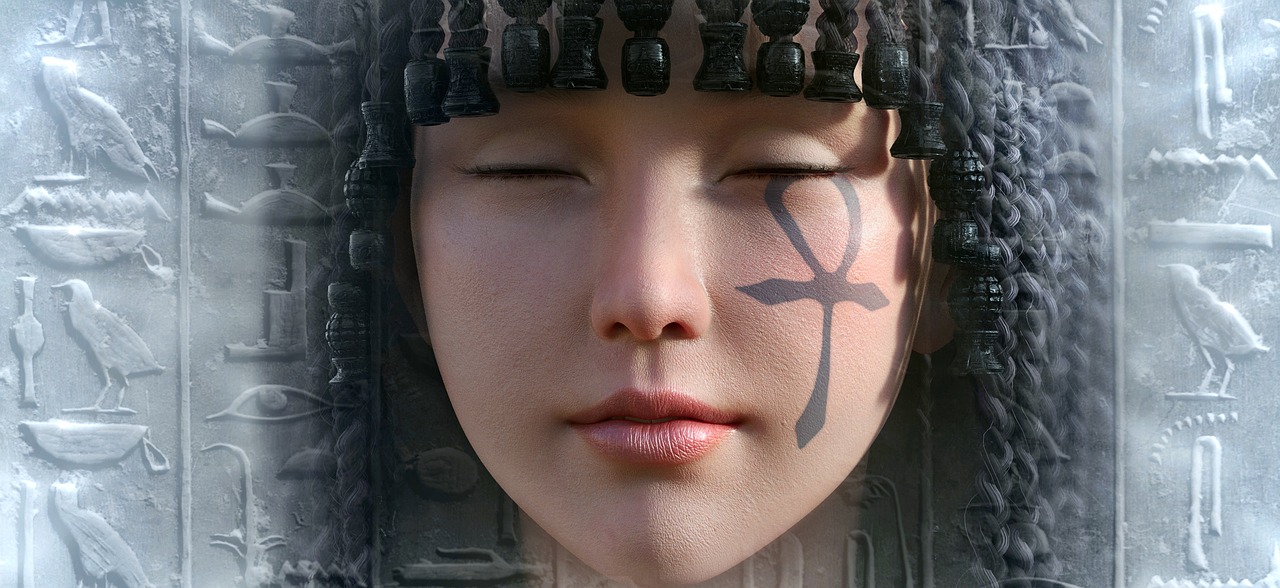Exploring Ancient Egyptian Religion: Key Elements and Practices
Understanding Ancient Egyptian Religion
Ancient Egyptian religion encompasses the indigenous beliefs that prevailed in Egypt from the predynastic era of the 4th millennium BCE until the gradual loss of these traditions in the early centuries CE. This belief system emerged alongside the establishment of the Egyptian state around 3000 BCE, intertwining deeply with the societal fabric.
Connection to Society
Egyptian religious beliefs were woven into the societal structure, with significant transformations occurring throughout its extensive history. Despite these shifts, the essence of Egyptian religion maintained its character, balancing between divine cultic practices and mundane human activities. It is crucial to recognize that religion in Egypt was not solely a systematic set of beliefs but a complex phenomenon involving contact with the dead, magic, and practices like divination, shaped by the interactions of human actions with divine influences.
Central Figures of Worship
Religion had two primary foci: the Pharaoh and the pantheon of gods. The Pharaoh occupied a unique position, acting as an intermediary between humans and the divine, participating in the realm of gods, and creating monumental tombs that reflected religious motivations for his afterlife assurance. Egyptian deities were notable for their diverse representations, often depicted with animal heads on human bodies. The sun god, closely associated with various supernatural entities and embodying the cycle of day and night, alongside Osiris— the lord of the afterlife— emerged as among the most venerated figures in Egyptian mythology, especially during the 1st millennium BCE.
The Cosmic Order
The Egyptians viewed the universe as a dual realm: the orderly world they inhabited and the chaotic forces beyond it. The Pharaoh’s duty was to uphold the favor of the gods and maintain this order against the encroaching chaos, reflecting a somewhat bleak perspective of the universe, predominantly linked to solar deities and cycles. This pessimistic outlook reinforced the justification of the king’s rule and the elevated status of the elite.
Monumental Expression of Beliefs
Monuments and artwork served as vital means for expressing these religious ideas, showcasing harmonious interactions between the deity and the Pharaoh. However, the sculpture’s formal restrictions pointed towards a decorum that dictated the appropriate representation within sacred contexts, thereby emphasizing the delicate balance of order in society. Documentation on the wider populace’s beliefs remains sparse, yet it is unlikely there were stark disparities between elite and common religious practices.
Conclusion
Ancient Egyptian religion is characterized by its elaborate intertwining with societal structures, shaped by a combination of reverence toward deities, the pivotal role of the Pharaoh, and a consistent effort to maintain cosmic order through rituals and monumental art. This blend of devotion and governance illustrates a culture deeply invested in its spirituality.



